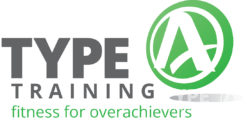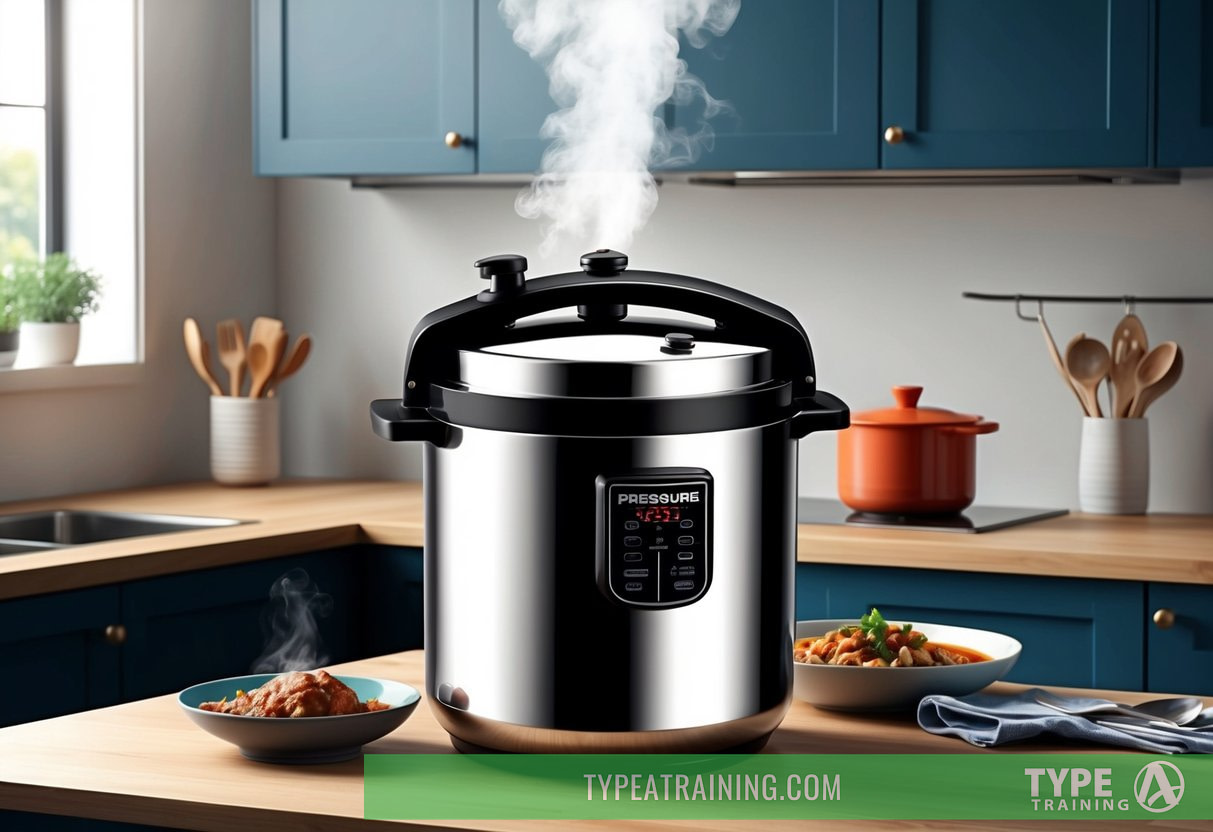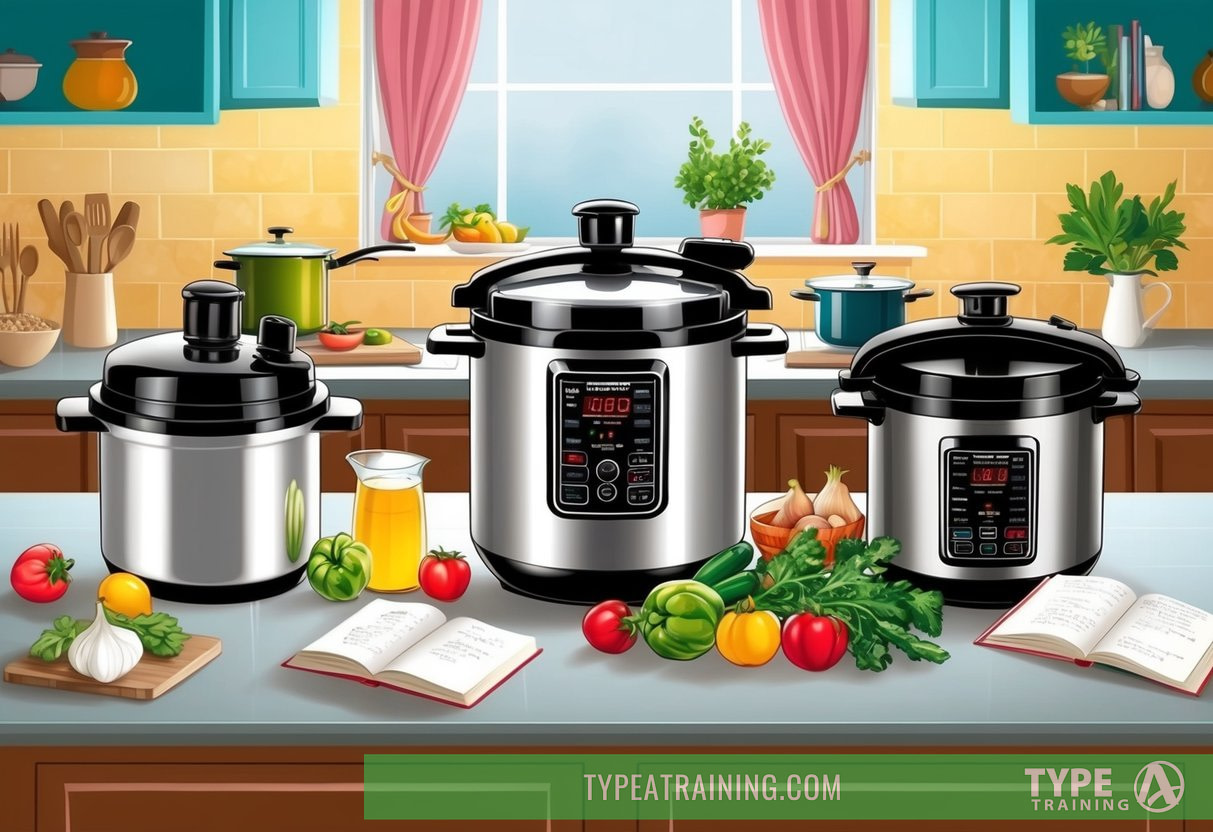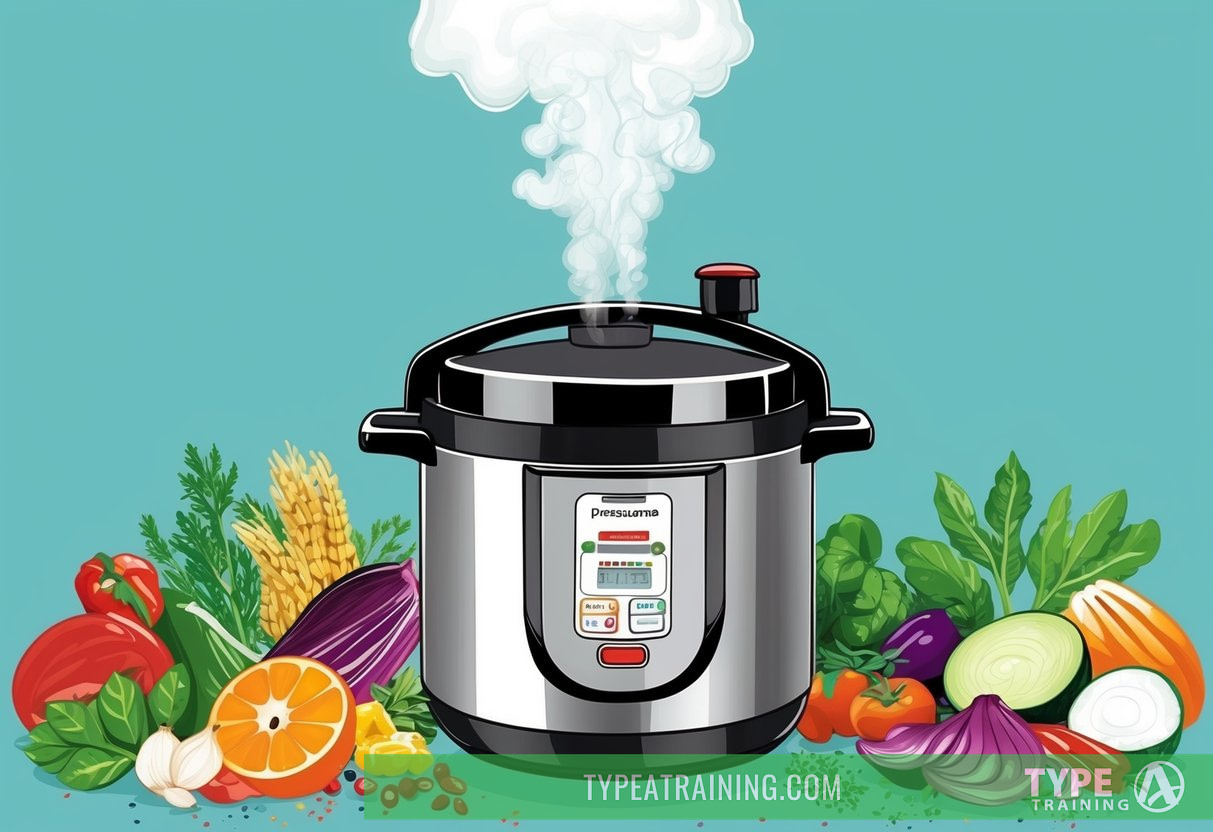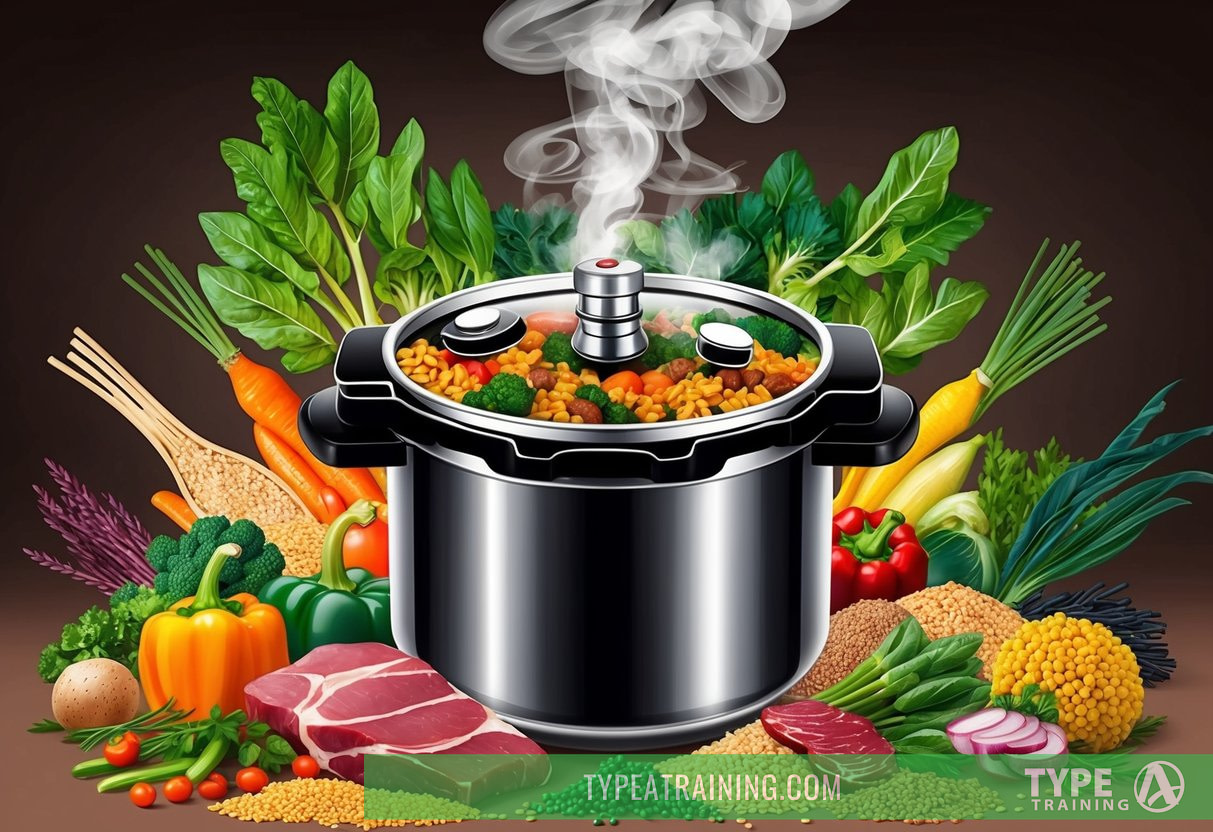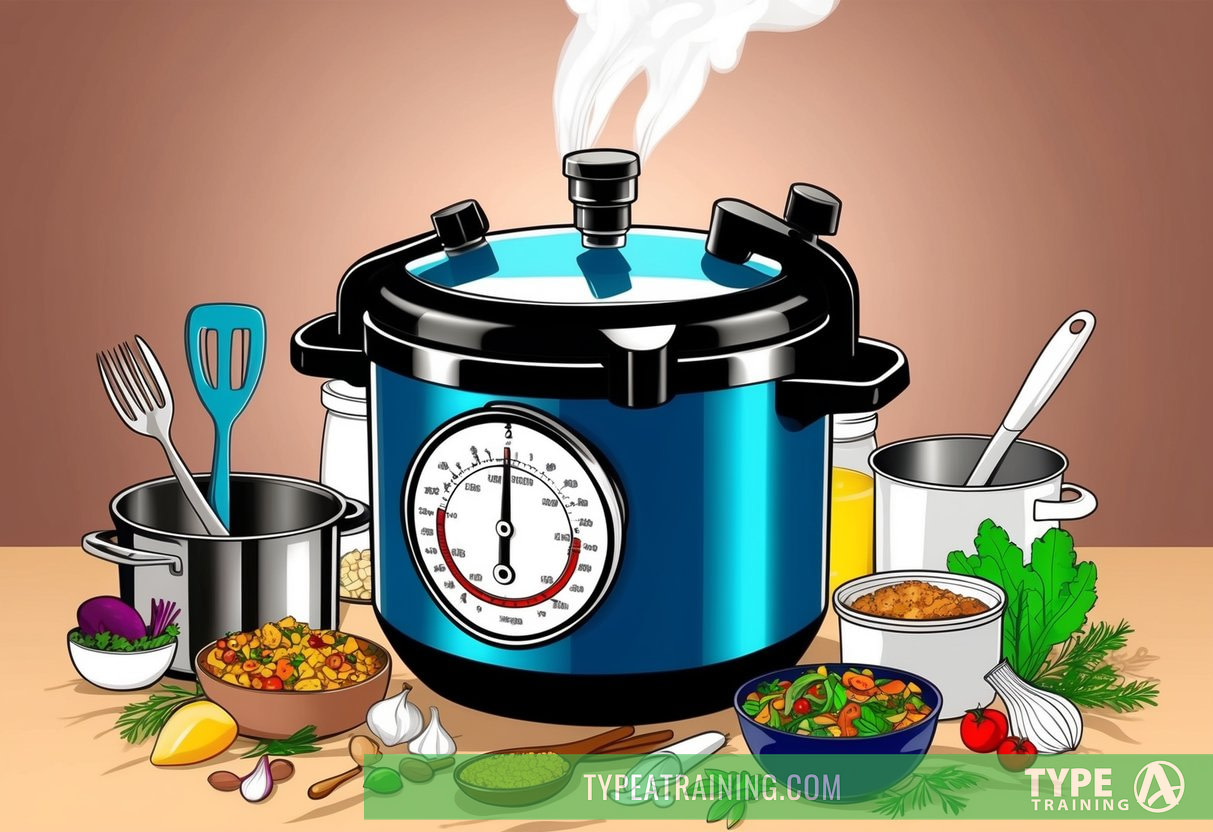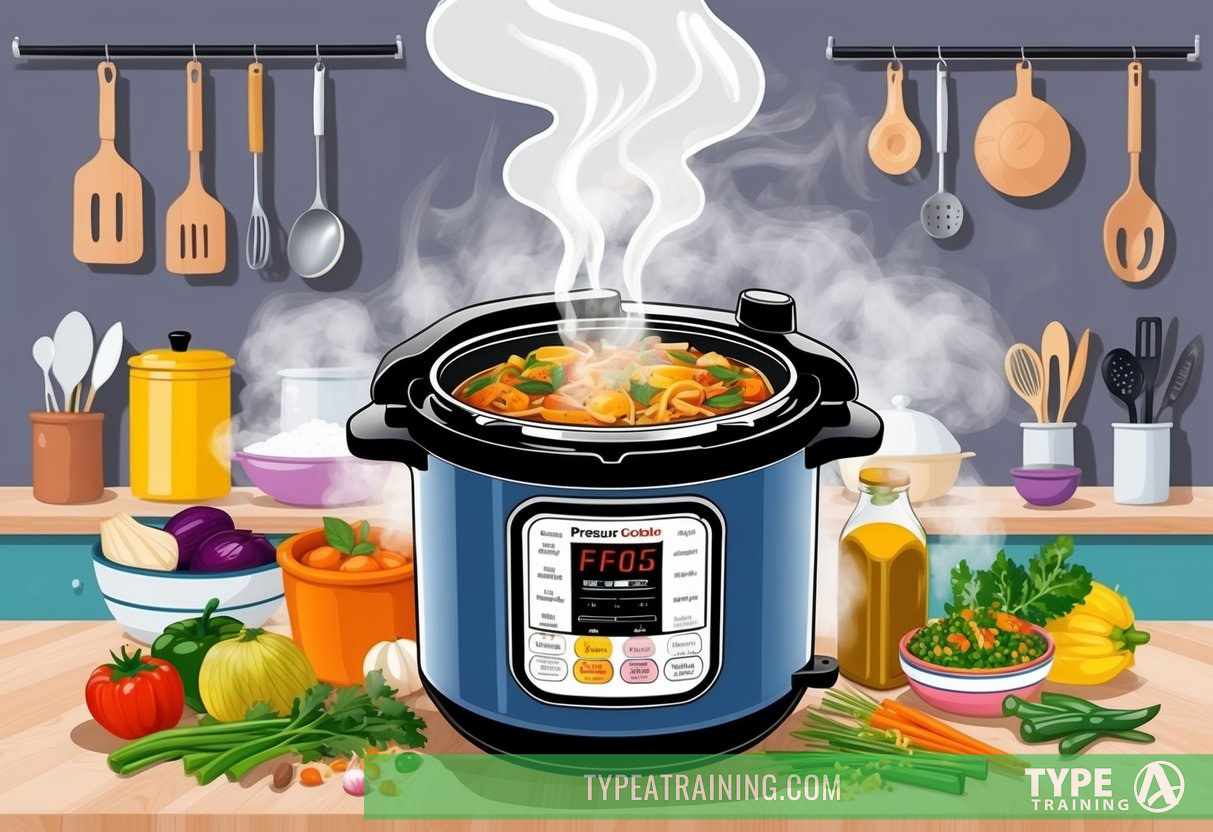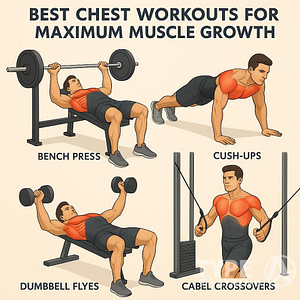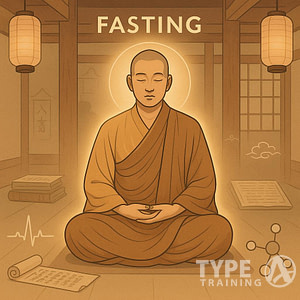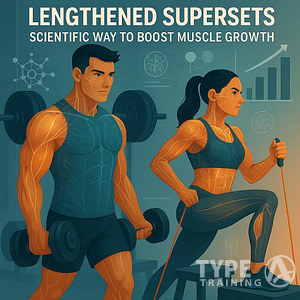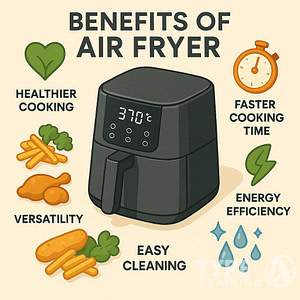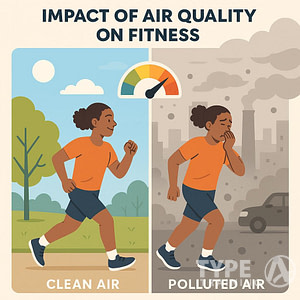Pressure cookers have revolutionized home cooking, offering a fast and efficient way to prepare delicious meals. These versatile kitchen tools use steam pressure to cook food quickly while retaining nutrients and flavors.
By trapping steam inside a sealed pot, pressure cookers create a high-pressure environment that raises the boiling point of water. This allows food to cook at higher temperatures, resulting in faster cooking times and more intense flavors.
You’ll be amazed at how tender and juicy your meats become, and how perfectly cooked your vegetables turn out.
Popular posts:
Learning to use a pressure cooker can open up a world of culinary possibilities. From hearty stews and tender roasts to perfectly cooked grains and legumes, you’ll discover new ways to create healthy, flavorful meals in a fraction of the time.
With the right techniques and recipes, you’ll soon be pressure cooking like a pro.
Key Takeaways
- Pressure cookers significantly reduce cooking times while preserving nutrients and flavors
- These versatile tools can prepare a wide variety of dishes, from meats to grains
- With proper use and maintenance, pressure cookers offer a safe and efficient cooking method
Understanding Pressure Cookers
Pressure cookers are versatile kitchen appliances that use steam pressure to cook food quickly and efficiently. They can significantly reduce cooking times while retaining nutrients and flavors.
The Basics of Pressure Cooking
Pressure cooking uses a sealed pot with a locking lid to trap steam and build pressure inside. This raises the boiling point of water, allowing food to cook at higher temperatures. The result is faster cooking times and more tender meals.
Key components of a pressure cooker include:
- A sturdy pot
- A tight-sealing lid
- A pressure regulator
- A pressure indicator
- Safety valves
When using a pressure cooker, you’ll need to add liquid to create steam. The amount varies depending on the recipe and cooking time.
Types of Pressure Cookers
There are two main types of pressure cookers:
- Stovetop pressure cookers
- Electric pressure cookers
Stovetop models are placed on a burner and require manual pressure regulation. They heat up and cool down quickly, offering more control over cooking times.
Electric pressure cookers are standalone appliances with built-in heating elements. They often have multiple cooking functions, including slow cook and sauté options. These models are more convenient but may take longer to reach pressure.
How Pressure Cooking Works
Pressure cooking works by trapping steam in a sealed pot. As the liquid inside boils, it creates steam. With nowhere to escape, the steam builds pressure inside the cooker.
This increased pressure has two main effects:
- It raises the boiling point of water from 212°F (100°C) to about 250°F (121°C).
- It forces liquid into the food, cooking it faster and making it more tender.
The high pressure also helps break down tough fibers in meats and vegetables quickly. This process tenderizes food in a fraction of the time compared to conventional cooking methods.
Comparing Pressure Cooking to Other Methods
Pressure cooking offers several advantages over traditional cooking methods:
Speed: Pressure cookers can reduce cooking times by up to 70% compared to conventional methods.
Energy efficiency: Less cooking time means less energy used, making pressure cookers more environmentally friendly.
Nutrient retention: The shorter cooking times and sealed environment help preserve vitamins and minerals in foods.
Flavor enhancement: Pressure cooking intensifies flavors by trapping aromas and juices inside the pot.
Versatility: You can use pressure cookers for various dishes, from soups and stews to rice and even some desserts.
While pressure cooking excels in many areas, it may not be suitable for all types of food. Dishes that require browning or crispy textures might be better prepared using other methods.
Safety and Maintenance
Proper safety practices and regular maintenance are crucial for getting the most out of your pressure cooker while avoiding potential hazards. Following guidelines and caring for your appliance will ensure safe, efficient cooking for years to come.
Essential Safety Features
Modern pressure cookers come equipped with multiple safety mechanisms. The lid features a locking system that prevents opening while under pressure. An over-pressure plug acts as a fail-safe, releasing excess pressure if needed. The pressure release valve regulates internal pressure and allows you to release steam safely.
Your cooker’s rubber gasket creates an airtight seal. Check it regularly for wear and replace as needed. The cooking pot should be free of dents or damage to maintain proper sealing and heat distribution.
Always read your cooker’s manual to familiarize yourself with its specific safety features and operation guidelines.
Operating Your Pressure Cooker Safely
Never overfill your pressure cooker. Follow the maximum fill line, typically 2/3 full for most foods and 1/2 for expanding foods like rice or beans. Ensure the pressure release valve is clear of food debris before each use.
To close the lid, align it properly and lock it in place. When cooking is complete, let pressure release naturally or use the quick release method as appropriate for your recipe. Never force the lid open.
Keep hands and face away from the steam vent when releasing pressure. Use oven mitts when handling hot components.
Cleaning and Maintenance Tips
Clean your pressure cooker after each use. Wash the pot, lid, and gasket with warm, soapy water. Avoid abrasive cleaners that can damage surfaces. Remove the gasket for thorough cleaning and allow it to dry completely before reassembling.
Inspect the pressure release valve and over-pressure plug regularly. Clear any blockages with a thin wire or toothpick. Check that all parts move freely.
Store your cooker with the lid inverted to prevent odor buildup and gasket deformation. Periodically lubricate the lid’s threads with food-grade silicone or mineral oil for smooth operation.
Replace the gasket yearly or if you notice signs of wear, cracking, or loss of elasticity. This ensures proper sealing and maintains safe cooking conditions.
The Best Pressure Cookers are…
Instant Pot models consistently rank among the top pressure cookers on the market. The Instant Pot Pro stands out with its advanced features and user-friendly design.
You’ll appreciate its customizable heat levels for sautéing and the silicone-handled inner pot that locks into place, preventing spinning during cooking.
The Pro’s digital interface displays a 7-stage progress bar, keeping you informed throughout the cooking process. Its safer steam release button is conveniently located on the front, eliminating the need for utensils to open the valve.
For beginners, the Instant Pot RIO offers simplicity with seven basic cooking functions. It’s lighter than previous models, making storage easier. The RIO also features a progression bar and a safer steam release button.
The Instant Pot Pro Plus takes things further with Wi-Fi connectivity and smartphone control. Its touchscreen interface gives a modern feel, and the 1500-watt power ensures faster preheating times.
Key features to look for in a pressure cooker:
- Customizable heat levels
- Easy-to-use steam release
- Progress indicators
- Intuitive controls
- Multiple cooking functions
By choosing a pressure cooker with these features, you’ll be well-equipped to create faster, healthier meals with ease.
Pressure Cooking Techniques
Pressure cooking techniques can significantly enhance your culinary skills and efficiency in the kitchen. Mastering these methods allows you to create delicious, nutritious meals in less time.
Mastering the Cooking Process
To start cooking with your pressure cooker, add your ingredients and liquid. Secure the lid and set the pressure valve to sealing. Select the appropriate cooking mode and time for your recipe.
Once the cooking cycle begins, wait for the cooker to build pressure. This usually takes 5-15 minutes, depending on the recipe and cooker size.
When the timer beeps, you can either let the pressure release naturally or use the quick release method. Natural release is ideal for meats and beans, while quick release works well for vegetables and delicate foods.
Always ensure the pressure has fully released before opening the lid. This step is crucial for your safety and the success of your dish.
Utilizing Pressure Cooker Settings
Modern pressure cookers offer various settings to optimize your cooking experience.
The “High Pressure” setting is perfect for tough cuts of meat, beans, and hearty soups. Use “Low Pressure” for more delicate items like fish or eggs.
Many cookers feature preset buttons for specific foods. These can be helpful guides, but you may need to adjust times based on your preferences.
The “Sauté” function allows you to brown meats or sauté vegetables before pressure cooking, enhancing flavor and texture. Some models also offer a “Keep Warm” setting, useful for holding food at serving temperature.
Remember to use the “Steam” setting for vegetables to maintain their nutrients and texture. This setting is also great for preparing perfect rice.
Optimizing Cooking Time for Different Foods
Pressure cooking times vary significantly depending on the food type.
Vegetables cook quickly, often in just 1-3 minutes. Frozen vegetables may require an extra minute.
For beans, cooking times range from 5-10 minutes for lentils to 20-30 minutes for chickpeas. Always soak dried beans before cooking to reduce cooking time and improve digestibility.
Soups typically take 10-15 minutes, while tougher cuts of meat might need 30-45 minutes. Frozen meat can be cooked directly, but add 50% more time to your usual cooking duration.
Eggs can be perfectly cooked in just 5 minutes for soft-boiled or 7 minutes for hard-boiled. Use the quick release method to prevent overcooking.
Remember to factor in the time needed for the cooker to reach pressure when planning your meals. This extra time ensures your food is cooked to perfection.
Recipes and Meal Ideas
Pressure cookers open up a world of quick and delicious meal possibilities. From beginner-friendly dishes to creative gourmet fare, these versatile appliances can transform your cooking routine.
Pressure Cooker Recipes for Beginners
Start your pressure cooking journey with these simple yet satisfying recipes:
- One-Pot Chicken and Rice: Combine chicken, rice, vegetables, and broth for a complete meal in 15 minutes.
- Easy Beef Stew: Tender chunks of beef and vegetables in a savory gravy, ready in just 30 minutes.
- Quick Vegetable Soup: A nutritious blend of your favorite veggies, cooked to perfection in 10 minutes.
These recipes require minimal prep and showcase the pressure cooker’s ability to infuse flavors quickly. You’ll be amazed at how tender and tasty your meals turn out with so little effort.
Healthy Meals in Minutes
Your pressure cooker is an excellent tool for creating nutritious meals in no time:
- Quinoa and Black Bean Bowl: A protein-packed vegetarian option ready in 8 minutes.
- Steamed Fish with Vegetables: Delicate fish fillets and crisp-tender veggies, perfectly cooked in 5 minutes.
- Lentil and Spinach Curry: A fiber-rich, flavorful dish that’s done in just 12 minutes.
These recipes prove that fast food can be healthy too. With your pressure cooker, you can enjoy wholesome, home-cooked meals even on your busiest days.
Creative Meals for Advanced Users
Once you’ve mastered the basics, try these more adventurous pressure cooker recipes:
- Risotto with Wild Mushrooms: Creamy, restaurant-quality risotto in 15 minutes without constant stirring.
- Homemade Yogurt: Transform milk into creamy yogurt overnight with your pressure cooker’s yogurt function.
- Cheesecake: Yes, you can make dessert! A rich, creamy cheesecake in just 35 minutes.
These recipes demonstrate the versatility of your pressure cooker. With practice, you’ll discover new ways to use this appliance for dishes you never thought possible.
Accessories and Extras
Pressure cooker accessories enhance functionality and expand cooking options. Quality add-ons can take your pressure cooking to the next level.
The Importance of Quality Accessories
Investing in high-quality accessories ensures safety and longevity. Look for durable materials like stainless steel or heat-resistant silicone.
Proper-fitting accessories prevent steam leaks and maintain optimal pressure.
Choose accessories compatible with your specific pressure cooker model. This guarantees a perfect fit and prevents potential accidents. Many brands offer their own line of accessories for seamless integration.
A steamer basket is an essential accessory for pressure cooking. It allows you to steam vegetables, fish, and other delicate foods without submerging them in liquid. Opt for a basket with a sturdy handle for easy removal.
Expanding Your Pressure Cooker’s Capabilities
Additional accessories can broaden your cooking repertoire. Consider these options:
- Egg steamer rack: Perfect for cooking multiple eggs at once
- Springform pan: Ideal for cheesecakes and other desserts
- Stackable insert pans: Great for cooking multiple dishes simultaneously
- Silicone mitts: Protect your hands when releasing pressure or handling hot components
These accessories enable you to prepare a wider variety of dishes in your pressure cooker. Experiment with different combinations to create complete meals efficiently.
Remember to clean and maintain your accessories properly. This ensures their longevity and keeps your cooking hygienic. Always follow the manufacturer’s care instructions for best results.
Tips and Tricks for Pressure Cooker Mastery
Elevate your pressure cooking skills with these expert techniques. Learn to infuse amazing flavors and master advanced methods for creating restaurant-quality meals at home.
Infusing Flavors with Pressure Cooking
Maximize flavor in your pressure cooker dishes by searing meats before cooking. This creates a rich base for casseroles and stews.
Use aromatic ingredients like garlic, onions, and herbs to build layers of taste.
Add a splash of wine or vinegar to enhance depth. For an umami boost, try a tablespoon of soy sauce or miso paste.
When making broth, roast bones and vegetables first for a more complex flavor profile.
Pressure cook tough cuts of meat with bold spices to tenderize and infuse simultaneously.
Experiment with dried mushrooms or sun-dried tomatoes. Their concentrated flavors intensify beautifully under pressure.
Advanced Techniques for Experienced Users
Stack multiple dishes in your pressure cooker to prepare entire meals at once. Use heat-safe containers or create foil packets to separate foods.
Try pressure steaming delicate items like fish or dumplings. Place them on a steamer basket above the liquid for perfect results.
Master the art of layering ingredients. Add quick-cooking vegetables after releasing pressure to maintain texture and color.
Use your pressure cooker for canning and preserving. Follow safety guidelines carefully to ensure proper sealing and food safety.
Create creamy risottos without constant stirring. Pressure cook for just a few minutes, then finish with butter and cheese for restaurant-quality results.
Frequently Asked Questions
Pressure cookers can significantly speed up cooking times while preserving nutrients. They’re versatile tools for creating healthy, flavorful meals quickly.
What are the essential steps for using a pressure cooker for the first time?
Familiarize yourself with your pressure cooker’s parts and safety features. Read the manual carefully before use.
Add ingredients and liquid according to your recipe. Secure the lid properly, ensuring the seal is in place.
Choose the appropriate pressure setting and cooking time. Once pressure is reached, reduce heat to maintain pressure.
Allow natural pressure release for most dishes, or use quick release as directed in your recipe.
Can you provide tips for cooking meat in a pressure cooker?
Brown meat before pressure cooking to enhance flavor. Use the sauté function if your cooker has one.
Cut large pieces of meat into smaller, uniform sizes for even cooking. Add enough liquid to create steam.
Adjust cooking times based on the cut and thickness of the meat. Tougher cuts benefit from longer cooking times.
Let the pressure release naturally for most meats to prevent them from becoming tough.
What are the safety precautions one should take when using a pressure cooker?
Check the seal and valve before each use to ensure they’re clean and in good condition.
Never overfill the cooker. Follow the maximum fill line, usually 2/3 full for most foods.
Use enough liquid to create steam. Don’t pressure cook without liquid.
Keep your face and hands away from the steam release valve when releasing pressure.
Allow the cooker to cool before opening. Never force the lid open.
How can I use a pressure cooker for canning foods?
Use only pressure cookers specifically designed for canning. Follow USDA guidelines for safe canning practices.
Clean jars and prepare food according to tested recipes. Fill jars leaving proper headspace.
Place jars on the rack in your canner with the required amount of water. Secure the lid and heat.
Process jars for the recommended time at the correct pressure for your altitude.
Allow pressure to drop naturally before opening the canner. Let jars cool undisturbed.
What are some techniques for cooking beans and rice in a pressure cooker?
Soak beans for quicker cooking, or use the quick-soak method in the pressure cooker.
Use a 1:3 ratio of beans to water for most varieties. Cook at high pressure, adjusting time for bean type.
For rice, use a 1:1.5 ratio of rice to water. Cook white rice for 3-4 minutes, brown rice for 20-25 minutes.
Allow natural pressure release for both beans and rice to prevent overcooking.
Are there any drawbacks to using a pressure cooker for meal preparation?
Learning curve: It takes time to master cooking times and liquid ratios for different foods.
Limited monitoring: You can’t easily check food while it’s cooking under pressure.
Texture changes: Some foods may become too soft if overcooked.
Initial cost: Quality pressure cookers can be more expensive than traditional cookware.
